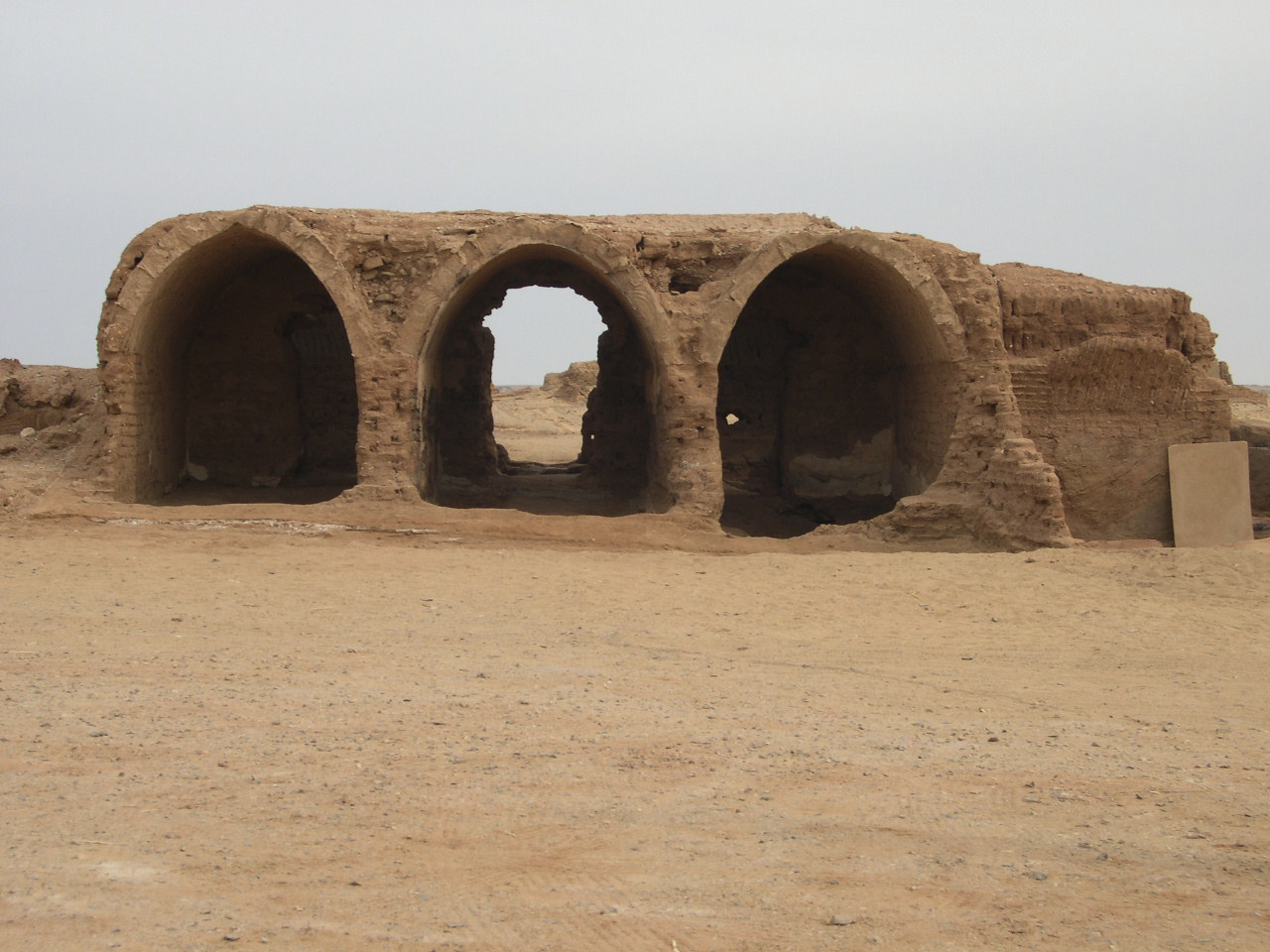Kellis on:
[Wikipedia]
[Google]
[Amazon]
 Ancient Kellis, now known as Ismant el-Kharab (Ismant the ruined), was a village in
Ancient Kellis, now known as Ismant el-Kharab (Ismant the ruined), was a village in
 Ancient Kellis, now known as Ismant el-Kharab (Ismant the ruined), was a village in
Ancient Kellis, now known as Ismant el-Kharab (Ismant the ruined), was a village in Upper Egypt
Upper Egypt ( ar, صعيد مصر ', shortened to , , locally: ; ) is the southern portion of Egypt and is composed of the lands on both sides of the Nile that extend wikt:downriver, upriver from Lower Egypt in the north to Nubia in the south. ...
during the Hellenistic Period, Roman Period, and Byzantine period. It was located about east-southeast of present-day Ismant in the Dakhleh Oasis, and about northeast of Mut (more fully Mut el-Kharab), which is the capital of the oasis. In ancient times, Mut was called Mothis, and thus Kellis was in the Mothite nome.
Structures
The village was long and wide, built almost entirely of mud brick on a lowterrace
Terrace may refer to:
Landforms and construction
* Fluvial terrace, a natural, flat surface that borders and lies above the floodplain of a stream or river
* Terrace, a street suffix
* Terrace, the portion of a lot between the public sidewalk an ...
with wadi
Wadi ( ar, وَادِي, wādī), alternatively ''wād'' ( ar, وَاد), North African Arabic Oued, is the Arabic term traditionally referring to a valley. In some instances, it may refer to a wet ( ephemeral) riverbed that contains water on ...
s to the southeast and northwest, and surrounded by fields. Small businesses included weaving, handcrafted pottery and blacksmithing. Attractions in Kellis included the Temple of Tutu and three churches; the Small East Church is the oldest known church building
A church, church building or church house is a building used for Christian worship services and other Christian religious activities. The earliest identified Christian church is a house church founded between 233 and 256. From the 11th thr ...
in Egypt. The site was occupied from the late Ptolemaic Period, was abandoned sometime after the year 392, and has remained unoccupied since then, except for a time in the 1940s, when some Bedouin camped there.Schweitzer, A. 2002, "Les parures des cartonnage des momies d’une nécrople d’Ismant el-Kharab", ''Dakhleh Oasis Project: Preliminary Reports on the 1994-1995 to 1998-1998 Field Seasons'', C.A. Hope & G.E. Bowen eds., page 270, Oxbow Books: Oxford. Many buildings are buried beneath the sand. The tops of some are visible from the surface; others are hidden, waiting to collapse as an unwary tourist crosses.
Excavation
Archaeological exploration of Kellis began in 1986. Since 19